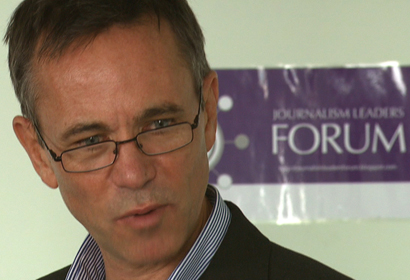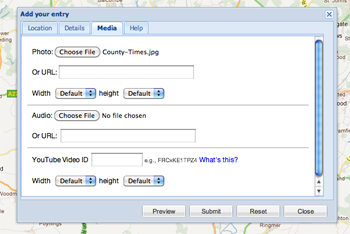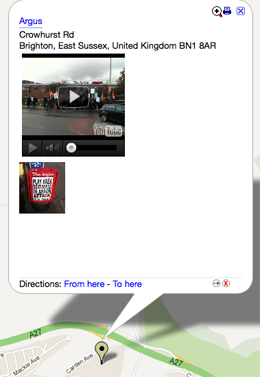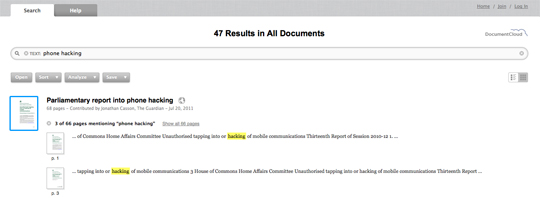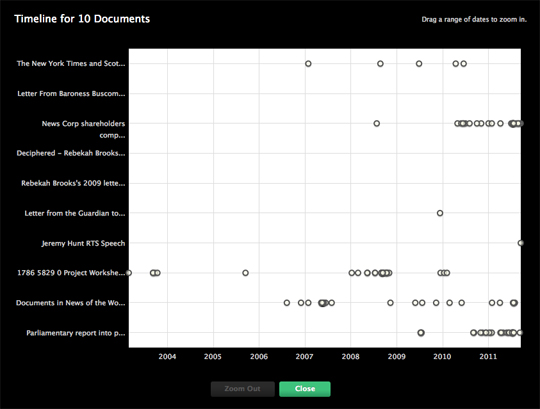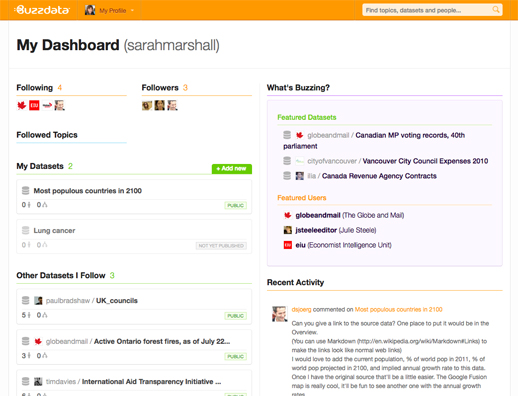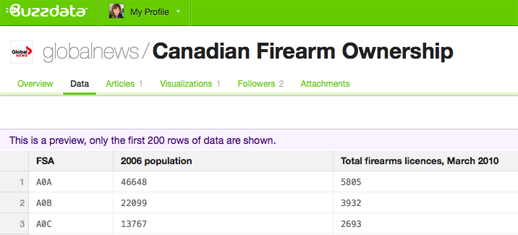Tomorrow (Saturday 3 December) is International Open Data Day. We have been asking what the open data movement has done for journalism.
Simon Rogers, editor of the Guardian’s Datablog and Datastore – @smfrogers
It’s only been a couple of years and you could argue that open data has changed the world: Wikileaks, government spending, what we know about the riots… The irony is that the governments behind much of this data have only contributed the numbers; the hard work has been done by an army of developers and data journalists who have created stories and new ways of telling them. When we started the Datablog in 2009, we thought it would be popular only with developers; now everyone wants to know the facts behind the news.
Nicola Hughes – @DataMinerUK
It’s the knowing how to use it that’s vital. it’s a (re)source.
Borja Bergareche – @borjabergareche
It’s helped us do the best journalism of the 20th century in the 21st century.
Lucy Chambers, community coordinator, Open Knowledge Foundation – @lucyfedia
Evidence-based journalism. Journalists will back up stories, readers will expect to be able to verify facts.
Andrew Gregory – @andrew__gregory
Open data is useful. But original journalism also requires good human sources.
Rune Ytreberg – @ytreberg
The obvious: Open data has made journalism more transparent.
Megan Cunningham – @megancunningham
Open data has accelerated the opportunities for crowd sourced investigative journalism. But the potential hasn’t been realised.
Harriet Minter – @Harriet_Minter
It’s forced journalists to embrace spreadsheets, brought interactives to the forefront and given us many bad infographics.
Greg Hadfield – @GregHadfield (who is organising the UK’s first open-data cities conference)
Data – whether open or not – has always fuelled journalism. Data that is increasingly “open” (in the fullest sense of the term) will transform journalism.
Ironically, a lot of the best revelatory journalism of the past has depended on journalists unearthing data (ie “stuff”) that others want to keep locked. Ideally, by lawful means. Therefore, openness may remove some of the mystique that journalists delight in, as people who know things that only those “in the know” know.
An open-data tsunami will mean that more journalism will be about interpreting – and putting into context – data that is open to all, at least in its rawest, unrefined form.
To an even greater degree, journalism will be about adding value to data by transforming it into information. The best journalism will be to add value to information, to provide insight, even wisdom.
Openness of data will change the behaviour of individuals and organisations. But not immediately and not in every case. Would MPs have played fast and loose with their expenses if they knew data about each claim would be published openly and in real time? Sad to say, it is quite possible some would.
Much good journalism has involved shedding light on data that was routinely (although not widely) available and which was only rarely studied or analysed.
Importantly, some of the best journalism has involved making connections and spotting patterns. I’m thinking of earlier parliamentary abuses, such as the “cash-for-questions” scandal of the mid-1990s, before Hansard was on the web, and when it was rarely read in print by journalists.
Those were the days when typewriters and telephones – rather than computers and the internet – were the primary journalistic tools. When bars and restaurants – rather than offices and desktops – were the venues for journalistic enterprise.
With more data openly available – along with more tools easily available for mining, sifting and interpreting it (as in the case of the Wikileaks material) – there are many more needles to be found in the burgeoning haystacks of unstructured data.
But even when every day is #Opendata Day, the best stories may remain hidden in full public view – until one of the new generation of journalists stumbles expertly across them.

